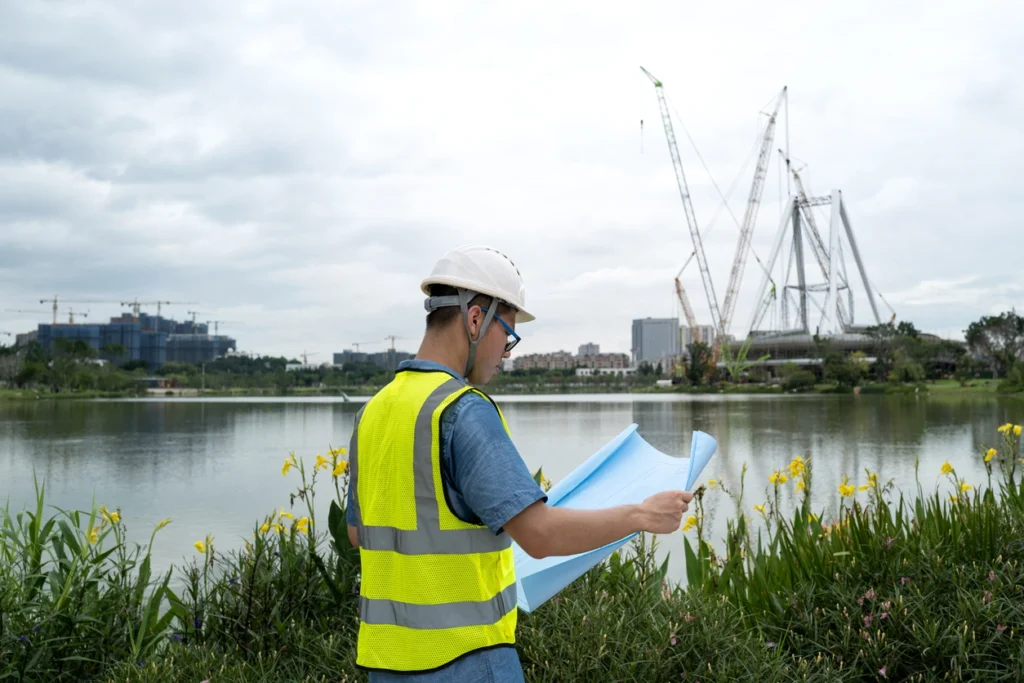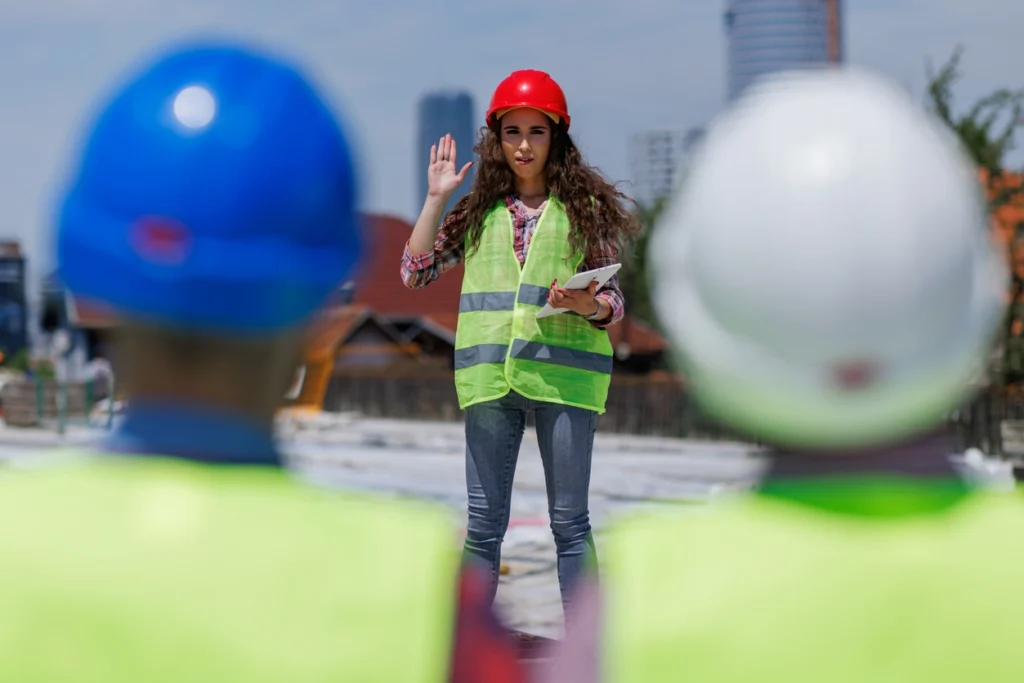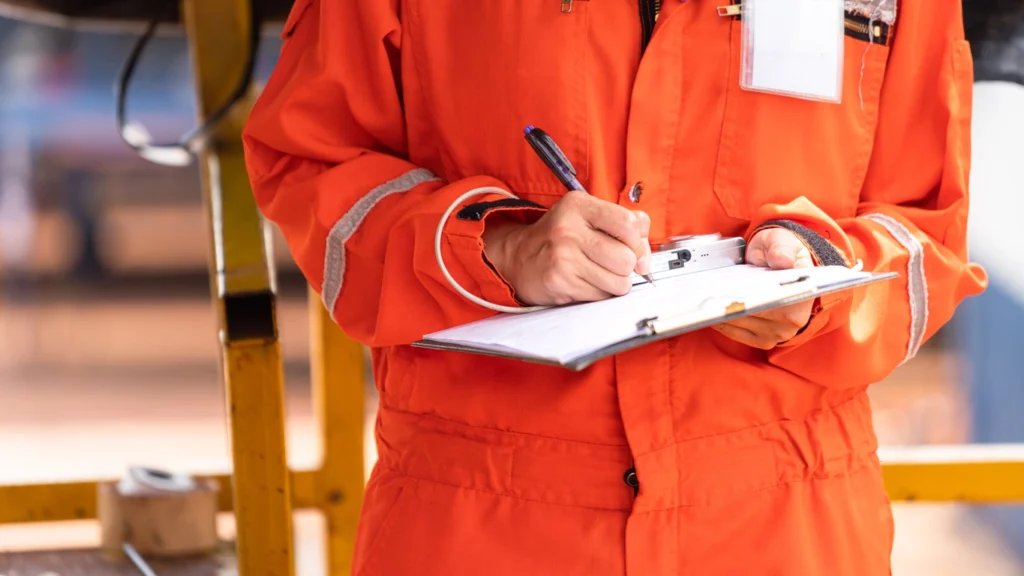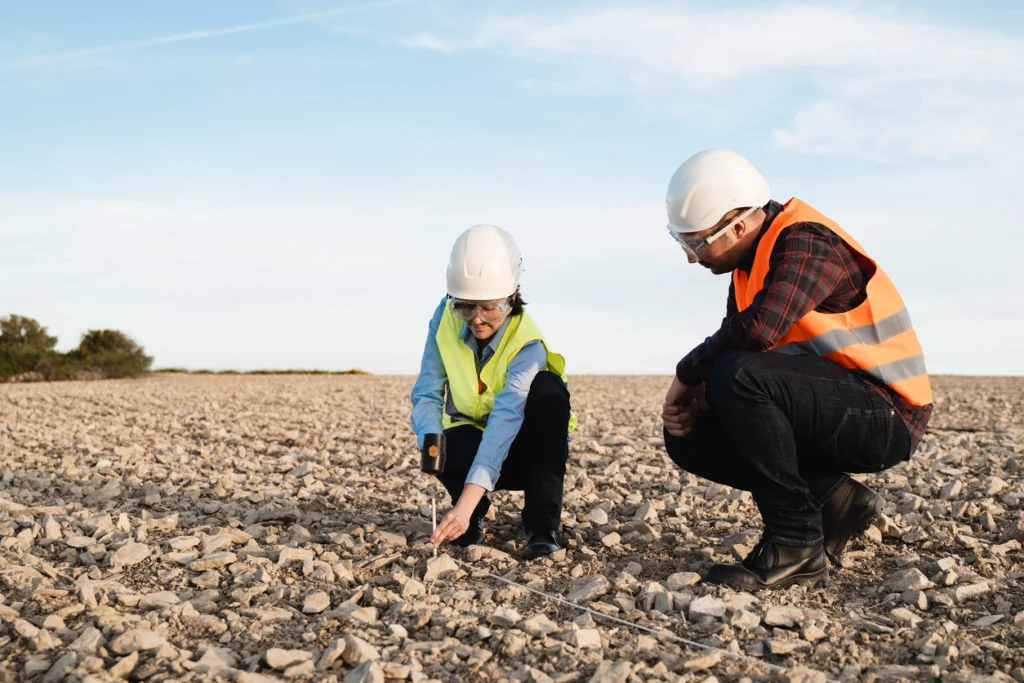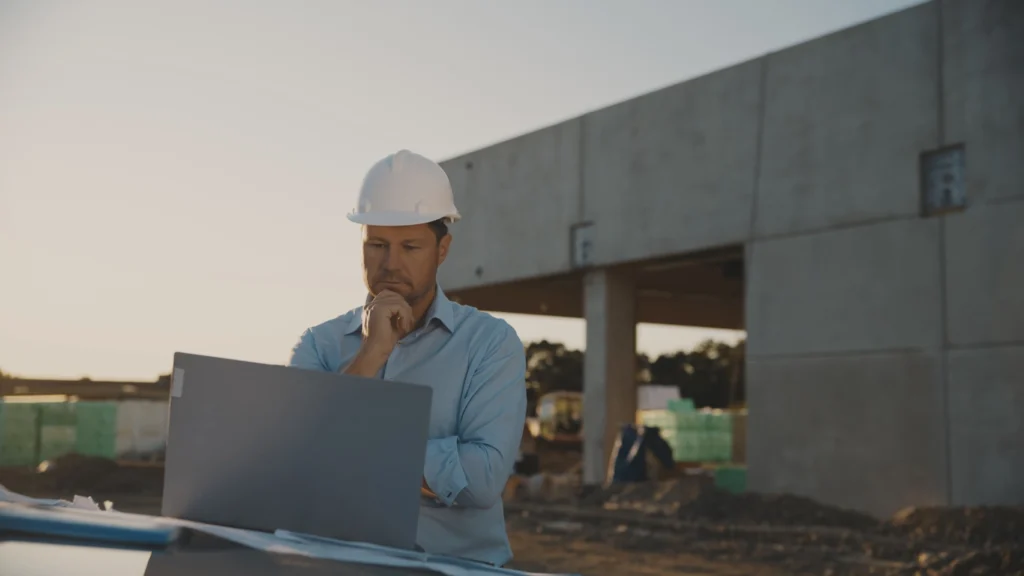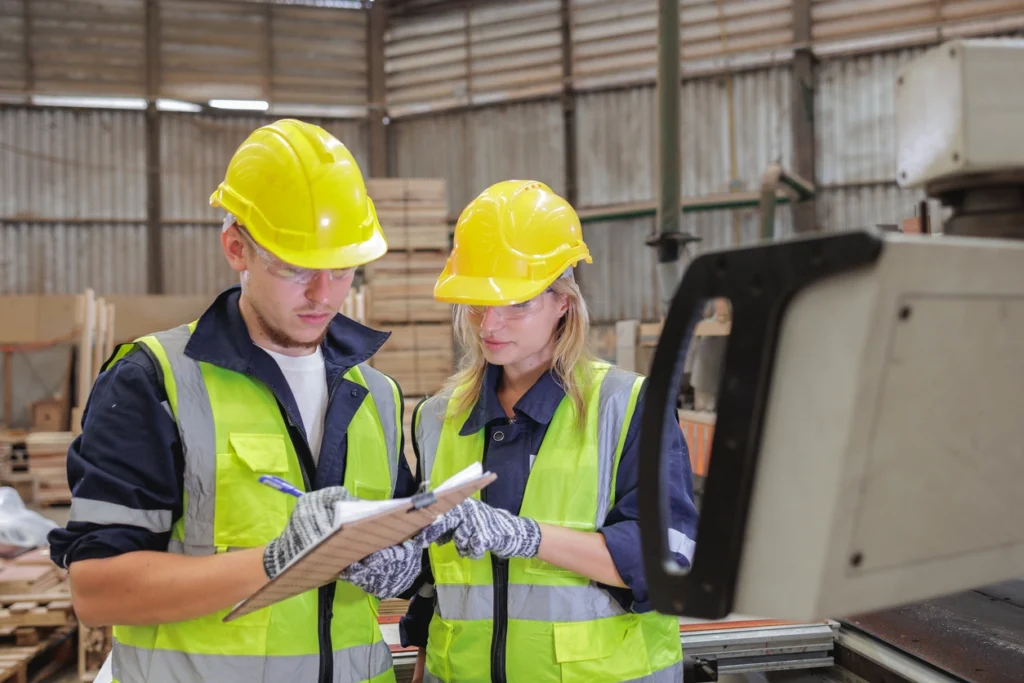Purchasing or refinancing commercial or industrial property is a major decision. A Phase I Environmental Site Assessment (ESA) is a crucial safeguard that provides valuable insights into a property’s environmental history before you sign on the dotted line. This guide will answer the question when is a Phase I ESA required, why it matters, and how it protects both buyers and sellers in real estate transactions.

Common Scenarios on When is a Phase I ESA Required
Property Transactions: Protecting Yourself and Your Investment
When buying or refinancing commercial or industrial property, a Phase I ESA is more than just a good idea – it’s vital for safeguarding your investment. It satisfies the “innocent landowner defense” provision of the federal Comprehensive Environmental Response, Compensation, and Liability Act (CERCLA).
This law means you could potentially be held liable for cleaning up pre-existing contamination, even if you didn’t create it. A properly conducted Phase I ESA demonstrates that you made a good-faith effort to understand the property’s history before taking ownership.
Lender Requirements: It’s Not Just About You
Most banks and lenders require a Phase I ESA before financing a commercial or industrial property transaction. They share your desire to minimize risk. A Phase I ESA protects their investment by verifying that the property’s value isn’t likely to be compromised by hidden environmental liabilities.
Property with a Questionable Past: Uncovering Hidden Risks
Certain past uses raise immediate red flags. Gas stations, dry cleaners, manufacturing facilities, and other similar businesses often handled hazardous chemicals. Even old farm properties may have issues due to past pesticide and fertilizer use.
A Phase I ESA delves into the property’s history through records and interviews, seeking clues that contamination might linger. Knowing potential problems upfront allows you to proceed with caution or walk away from a potential financial trap.
Federal and Local Regulations
Federal Guidelines: The Foundation of Due Diligence
Although the Environmental Protection Agency (EPA) doesn’t have a blanket mandate for Phase I ESAs, its guidelines for qualifying as an “innocent landowner” under the Comprehensive Environmental Response, Compensation, and Liability Act (CERCLA) strongly incentivize them. To demonstrate that you’ve done your due diligence, it’s vital to adhere to a process like the ASTM E1527 standard for Phase I ESAs.
The Importance of Local Rules: It’s Not Just About Federal Laws
States, counties, and even cities often have their own environmental regulations that can impact when a Phase I ESA is required. These local rules could be stricter than federal guidelines and cover situations like:
- Zoning Changes: When a property’s zoning status shifts (for instance, from industrial to residential), it may trigger the need for a Phase I ESA to ensure it’s suitable for its new use.
- Redevelopment Projects: Municipalities often require updated ESAs for properties undergoing redevelopment, particularly in formerly industrial areas.
- Suspected Contamination: Even without a specific law, local authorities might suggest (or require) a Phase I ESA if they suspect environmental risks based on a property’s past use or site conditions.
Finding the Right Information
Don’t leave this to guesswork! Here are some resources for researching local regulations:
- Your Potential Lender: They’re likely familiar with requirements in the area.
- Environmental Consultants: Reputable firms will know which rules apply to your property.
- State and Local Government Websites: Search their environmental department pages for regulations.
Understanding both federal and local regulations ensures you meet all the necessary requirements and adds another layer of protection for your investment.
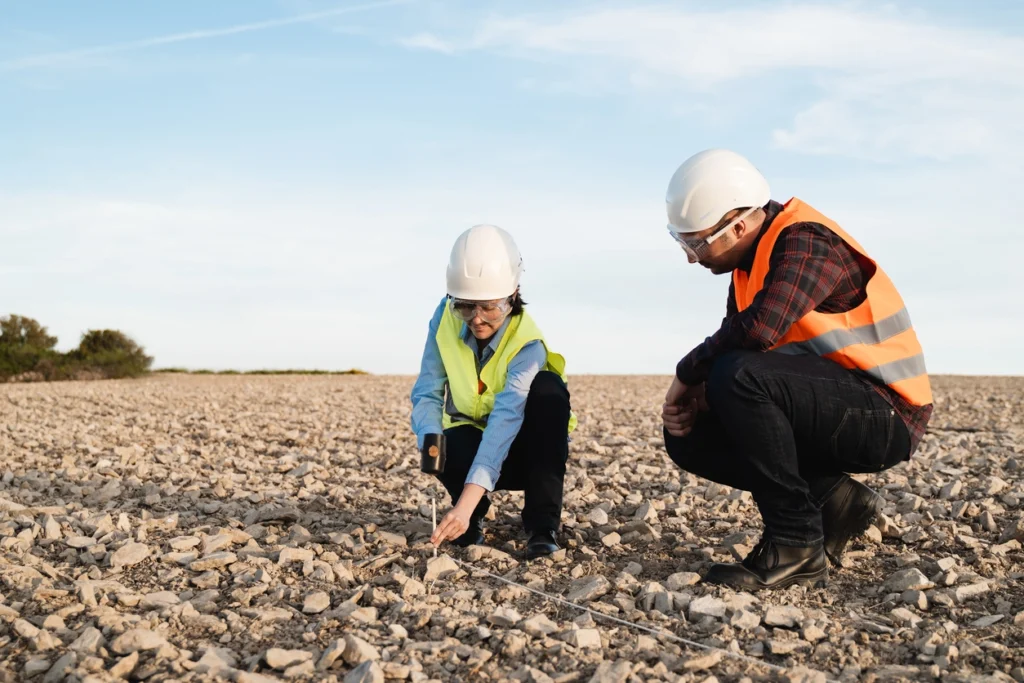
Beyond the Mandates – When Due Diligence Requires a Phase I ESA
Protecting Your Investment: Knowledge is Power
Even when a Phase I ESA isn’t legally required, it can be an exceptionally wise investment. Consider the following scenarios:
- Suspicion of Past Contamination: Notice unusual staining, stressed vegetation, or chemical odors on the property? These visual clues can hint at potential problems. A Phase I ESA digs into those red flags.
- Change of Property Use: Transforming an industrial site into condos? Residential standards are far stricter. An ESA is crucial to ensure the property is safe for its intended use.
- Peace of Mind: Sleep better knowing you’ve taken proactive steps to understand potential liabilities, especially if a property’s history gives you any pause.
The Cost-Benefit Equation: An Ounce of Prevention
The cost of a Phase I ESA is usually a relatively small percentage of the overall transaction value. Compare that to the massive price tag of:
- Unexpected Cleanup Costs: Uncovered contamination can lead to expensive remediation before a sale, or worse – becoming liable for someone else’s environmental mess.
- Derailed Deals: Environmental surprises discovered late in the process can jeopardize the entire sale after you’ve already invested time and resources.
- Damage to Your Reputation: Being seen as someone who doesn’t do proper due diligence could hurt you in future transactions.
Consider a Phase I ESA your “smart insurance.” It minimizes financial risks, empowers you to make informed choices, and protects your interests in the long run.
Benefits for Buyers
- Peace of Mind: A Phase I ESA offers clarity about potential environmental problems lurking beneath the surface. This can empower you to move forward confidently on a property with a clean history.
- Negotiating Power: If the ESA identifies issues, you gain leverage. You could renegotiate the price, ask the seller to remediate, or decide to walk away from a potential money pit.
- Liability Protection: A well-conducted Phase I ESA offers a degree of liability protection under environmental laws. Even if contamination is discovered later, it demonstrates that you did your due diligence.
Benefits for Sellers
- Proactive Risk Management: A Phase I ESA can prevent last-minute snags that jeopardize a deal. A clean report strengthens your position and demonstrates transparency.
- Attracting Buyers: Serious buyers often expect a recent Phase I ESA. Having one readily available makes your property more marketable.
- Addressing Issues Early: If the ESA finds potential concerns, you’ll have the option to address them upfront. This might involve further investigation or even remediation, giving you more control over the timeline and process.
Understanding Your Options If a Phase I ESA Findings Warrant Further Action
The Purpose of a Phase II ESA
If a Phase I ESA identifies potential contamination (known as Recognized Environmental Conditions or RECs), the next step is often a Phase II ESA. This involves intrusive testing like collecting soil, groundwater, or building material samples. The goal is to definitively confirm or rule out whether the suspected contamination exists and the extent of the problem.

Your Choices: It’s Not a One-Size-Fits-All Solution
The results of a Phase II ESA will influence your best course of action. Here are the main options you may face:
- Negotiation: If there’s confirmed contamination, you could renegotiate the price, asking the seller to remediate the issue first, or even requesting financial shares for managing it.
- Remediation: Depending on the contamination type and extent, remediation (cleanup) might be required. Discuss the best methods and estimated costs with your environmental consultant and, potentially, the regulatory agencies involved.
- Withdrawal from Sale: In some cases, the discovered environmental liability could be too significant to proceed. While disappointing, walking away might ultimately be the wisest financial decision.
Importance of Expert Guidance
Navigating findings from both Phase I and Phase II ESAs can be complex. Decisions have both financial and legal implications. Here’s how an experienced environmental professional helps:
- Interpretation: They explain the results in plain language, ensuring you understand the potential consequences.
- Regulatory Knowledge: They’ll be familiar with the relevant regulations and what steps are needed for compliance or remediation planning.
- Connections and Resources: They can recommend reputable contractors and help you manage the remediation process if needed.
While further testing and potential remediation might seem daunting, remember that knowledge gives you options. A detailed Phase II ESA, combined with expert advice, provides the information you need to make confident and informed decisions about your property transaction.
Phase I ESA: Your Investment in Informed Decisions
A Phase I ESA is an investment in peace of mind and protection. Whether you’re a buyer, seller, or lender, it empowers you with critical information about a property’s environmental history before you’re financially committed. By understanding the scenarios where a Phase I ESA is required (and when it’s simply the smart choice), you safeguard your interests and make informed decisions that can greatly impact the success of your real estate transaction.
Frequently Asked Questions About When is a Phase 1 ESA Required?
I’m buying a seemingly low-risk property like an office building. Do I still need a Phase I ESA?
While the risk might seem lower, even office buildings pose potential hazards. Past uses of the site, spills on adjacent properties, or even improper chemical storage could cause issues. A Phase I ESA gives you a clearer picture, protecting against unexpected surprises.
Can I perform a Phase I ESA myself to save money?
It’s highly inadvisable. Proper interpretation of historical records, site inspection know-how, and adherence to standards are crucial. Using a qualified environmental professional ensures your ESA has credibility and offers the best protection for you.
How long does a Phase I ESA take?
The timeframe depends on the property’s size, complexity, and records availability. Typically, expect a Phase I ESA to be completed within a few weeks. Your environmental professional can provide a more accurate estimate.
What’s the difference between a Phase I ESA and other environmental assessments?
A Phase I ESA specifically focuses on potential contamination. Other assessments might delve into wetlands, endangered habitats, or specific regulations compliance. Your environmental consultant helps choose the appropriate assessments for your needs.
My Phase I ESA revealed RECs. What now?
Don’t panic! RECs don’t automatically equal contamination. A Phase II ESA may be needed to confirm or rule out the issue. Based on results, work with your environmental professional to explore options like negotiation, remediation, or changing course if necessary.
